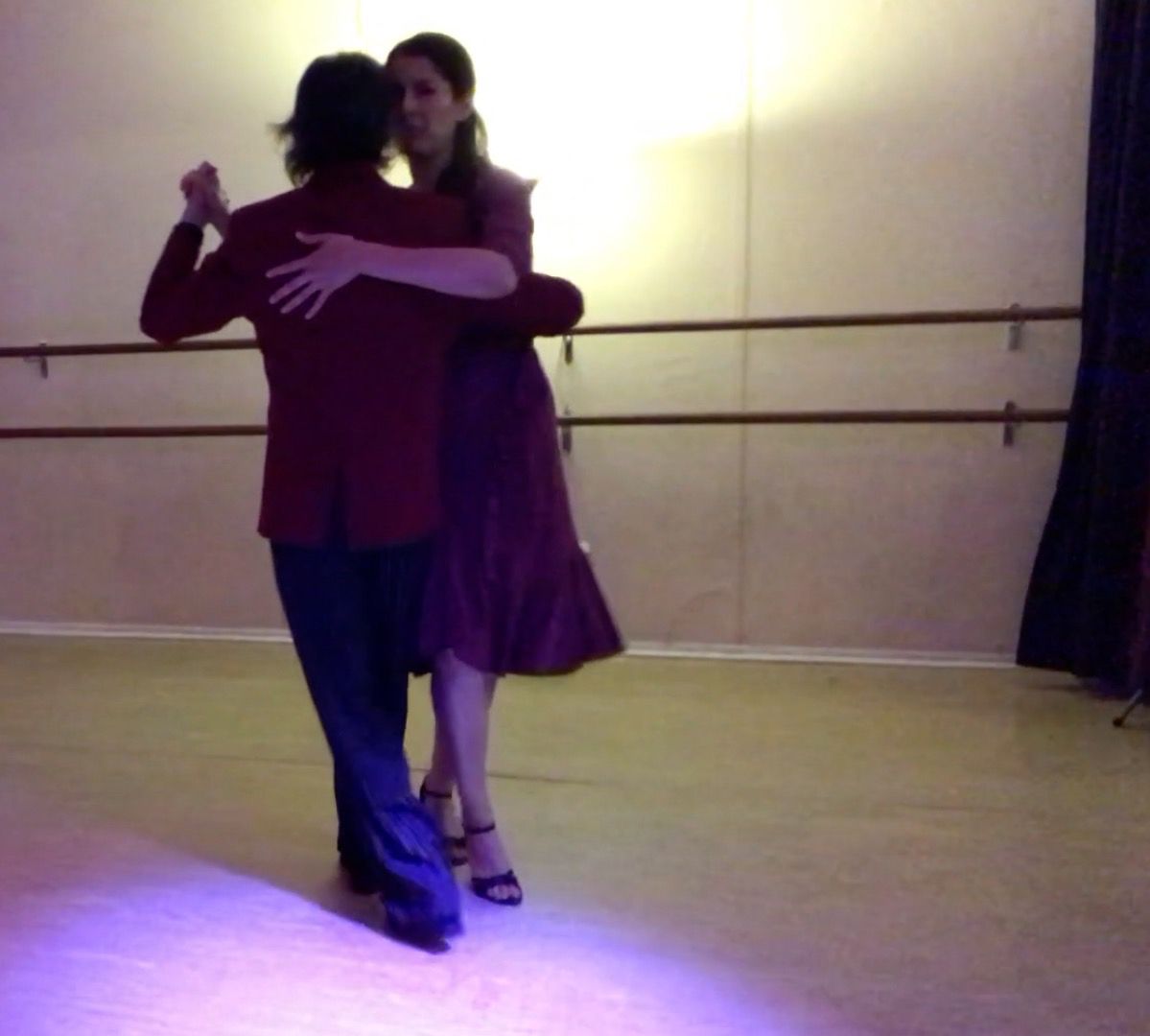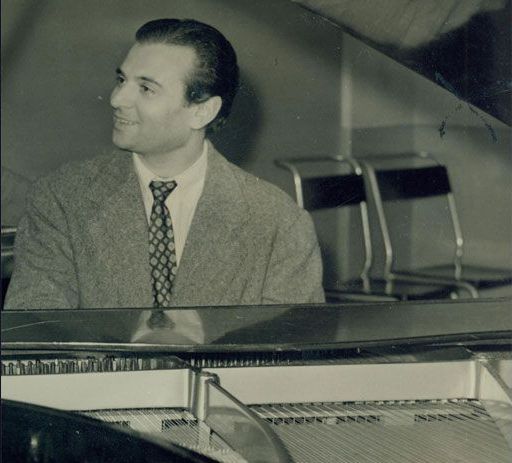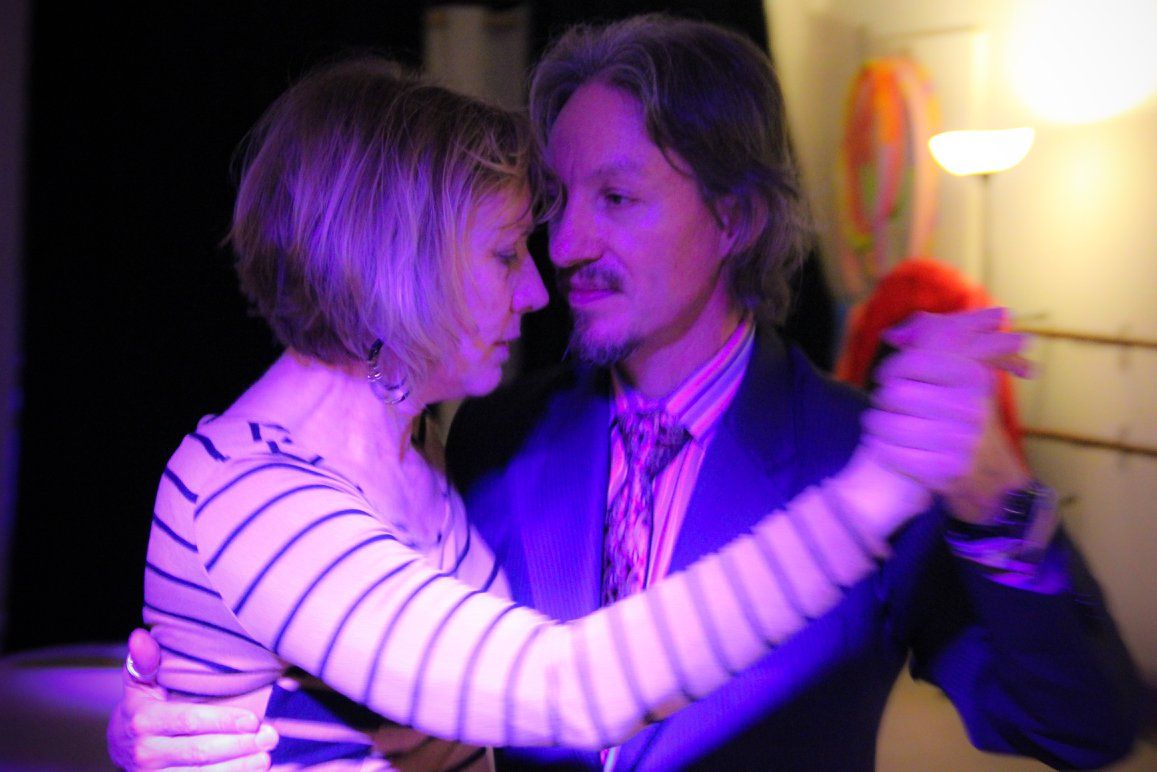“Tres esquinas” by Ángel D’Agostino y su Orquesta Típica with Ángel Vargas in vocals, 1941.
 Ángel D’Agostino
Ángel D’Agostino
Pianist, composer and leader
(25 May 1900 – 16 January 1991)
Enterview
I have been a precocious porteño. I was born on Moreno Street between Virrey Cevallos and Solís on May 25, 1900. In my family we were all musicians whether due to study or liking. As at home there was a piano before I was six I decided I had to study. In a short time I had command of the keyboard and soon thereafter I was regarded as a child prodigy and since then I have been playing before audiences. Continue reading at todotango.com…









